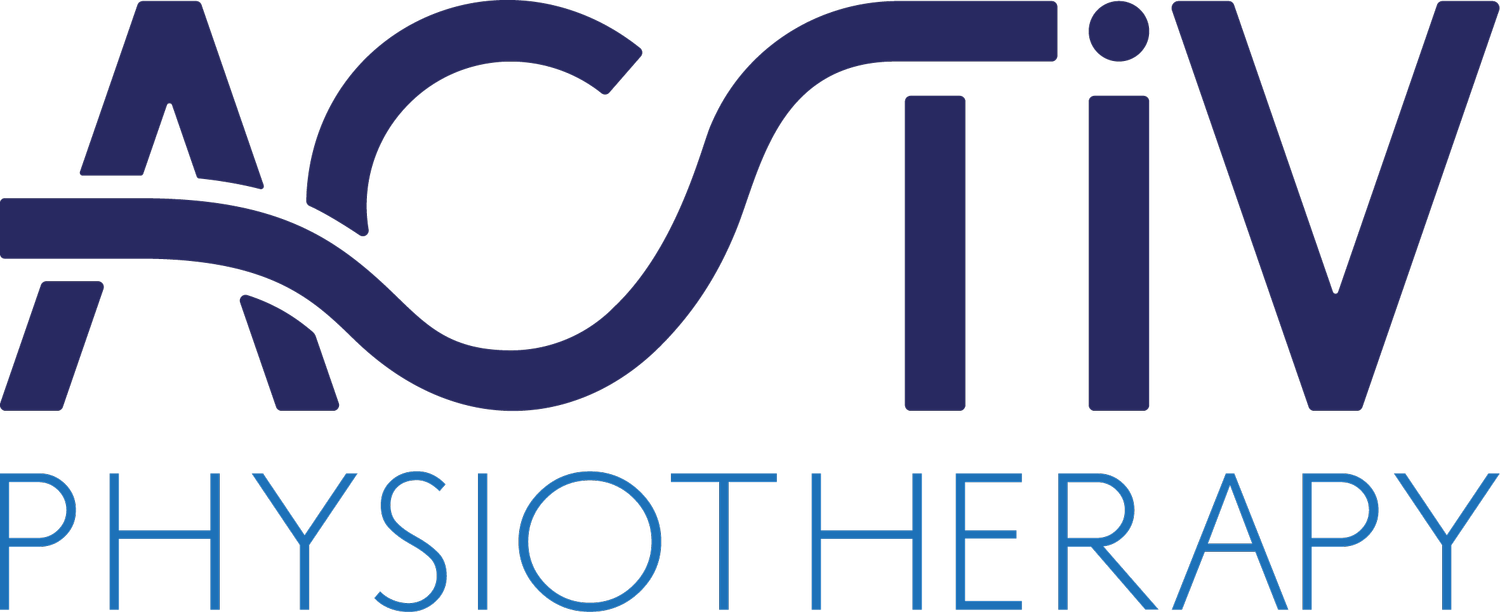Runners beware: Iliotibial Band Syndrome
This month, we asked Bossman and physiotherapist, Andy to talk to us about Iliotibial Band Syndrome; something to watch out for if you're a runner or just super active. Also, be sure to read the article on why running is good for you.
Patients with this problem come into the clinic with:
Pain on the outside of the knee, usually after a repetitive activity such as running. The pain can be an ache but also sharp in nature. Stairs or getting out of a chair can be affected and sadly, a lot of runners may have to stop running due to this.
This problem is caused by:
The iliotibial band (ITB). It’s a thick band of fascia that runs from the crest of the pelvis and inserts at the knee and assists the major muscles of the pelvis. There are lots of causes ranging from the biomechanics of the limb and your posture, through to muscle strength and running technique. When the leg moves from bent to straight, the iliotibial band moves backwards over the outside of the knee and the ‘friction’ this causes can lead to pain and swelling.
As a physio, I’ll assess for this by:
Asking when the pain started, did you injure it, what your training regime is and if you’re doing any strengthening or stretching.
Looking at your posture, biomechanics, muscle length and strength, joint mobility and assess your running technique if that’s relevant.
Looking at the band itself, assessing for tenderness, swelling, tension and joint stiffness of your knee.
As a physio, I’ll help you manage this by
Providing a comprehensive exercise regime that includes stretching and strengthening exercises. Some running re-education may be needed and I treat the area with massage, joint mobilisation, acupuncture, ultrasound or shockwave.
Ways that you can self-manage this in future:
Continue work on your posture when running, a good warm-up and stretching before and after running. Using a foam roller at home or in the gym and getting a sports massage can be useful too.
How long have you been treating issues like this:
I’ve seen this issue regularly over my 20 years as a physio. I saw it a lot working with runners in my ‘Run Fit’ clinic (our physiotherapy service for running issues) and when I worked with the Sheffield Steelers ice hockey team especially around pre-season when they were returning to running and training.
I like treating this condition because:
You can really get ‘stuck into’ the functional biomechanics of someone’s running technique and/or matching their body mechanics to the running event they are training for. Also, you can make a quick difference with treatment such as massage or acupuncture.

